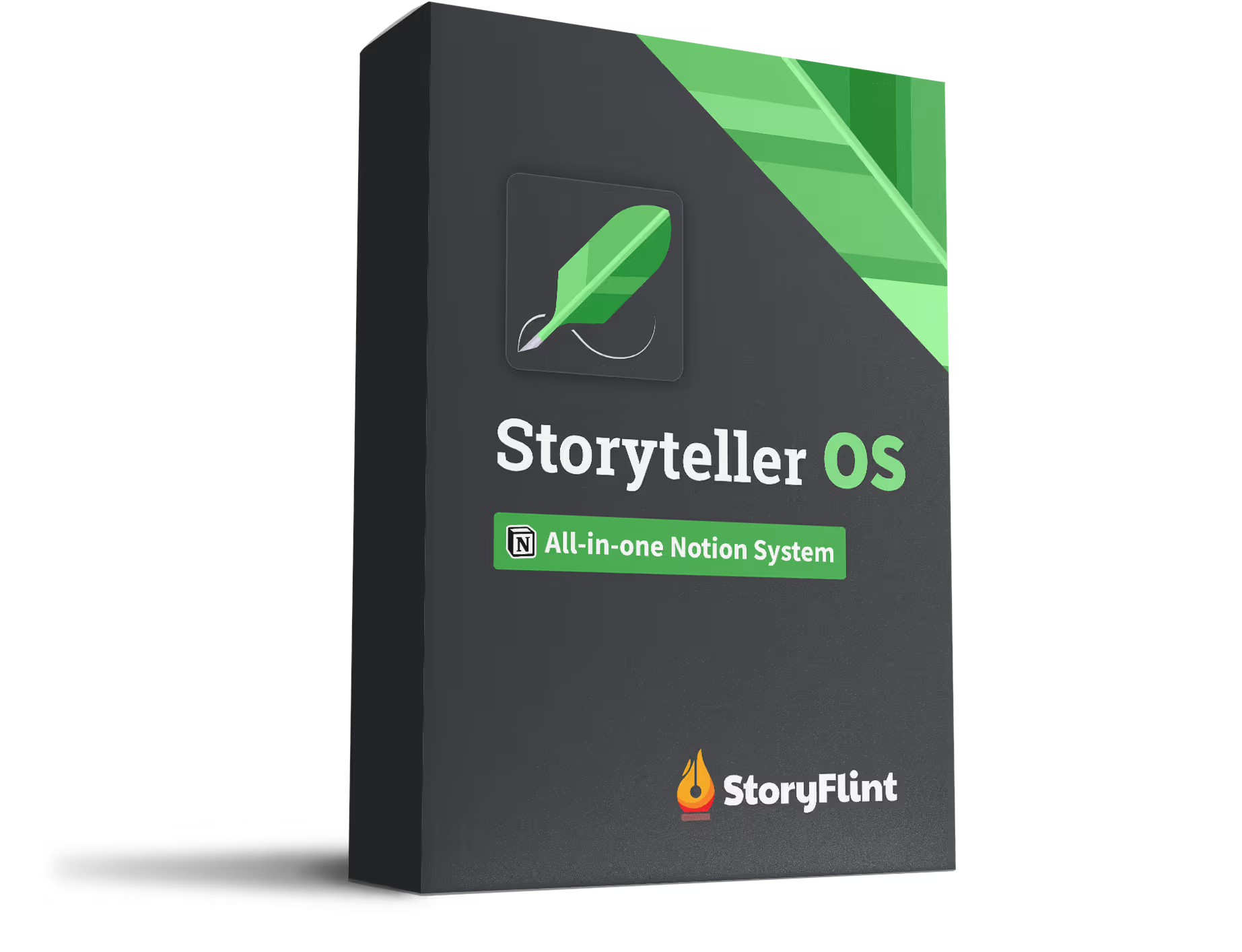We get it—you’ve built an incredible world, and you want your audience to see every piece of it. The history, the politics, the ancient prophecy carved into a mountain somewhere. But dumping all that information in one big chunk? That’s the fastest way to lose their interest.
Instead, think of world-building like leaving a trail of breadcrumbs. Just enough to keep your audience moving forward, curious, and craving more. Here’s how to do it right.
1. Sneak It Into Dialogue (But Make It Natural)
Characters wouldn’t explain their own world like they’re giving a lecture. Instead of, "As you know, King Eldrin has ruled for 300 years due to the Blood Pact," try working that detail into an argument, a rumor, or an offhand comment.
2. Use Context Clues
Show your audience how the world works through action. Instead of saying "The air was thick with magic, which powered the city’s floating lanterns," just describe the lanterns flickering as a sorcerer walks by. They’ll pick up on it.
3. Let Curiosity Do the Work
Drop hints without immediate explanations. If a character winces at the sight of a red sash but doesn’t explain why, your audience will keep reading to find out. Holding back details creates intrigue.
4. Trim the Fat
If the information isn’t relevant right now, it can wait. Ask yourself: does this detail help the scene, build tension, or deepen the character’s experience? If not, save it for later.
5. Keep Track of Your Breadcrumbs
It’s easy to lose track of when and where you’ve revealed key world-building details. That’s where the Storyteller OS comes in—it helps you organize every part of your story, from lore to character arcs, so you know exactly when to drop the right information at the right time. No more accidental repeats or forgotten world-building gems.
Final Thought
World-building should feel like discovery, not homework. When you reveal details naturally—bit by bit—your audience stays engaged and eager to learn more.
So go on, scatter those breadcrumbs. Just make sure they lead somewhere good. (And if you need a place to track them, the Storyteller OS has your back.)




